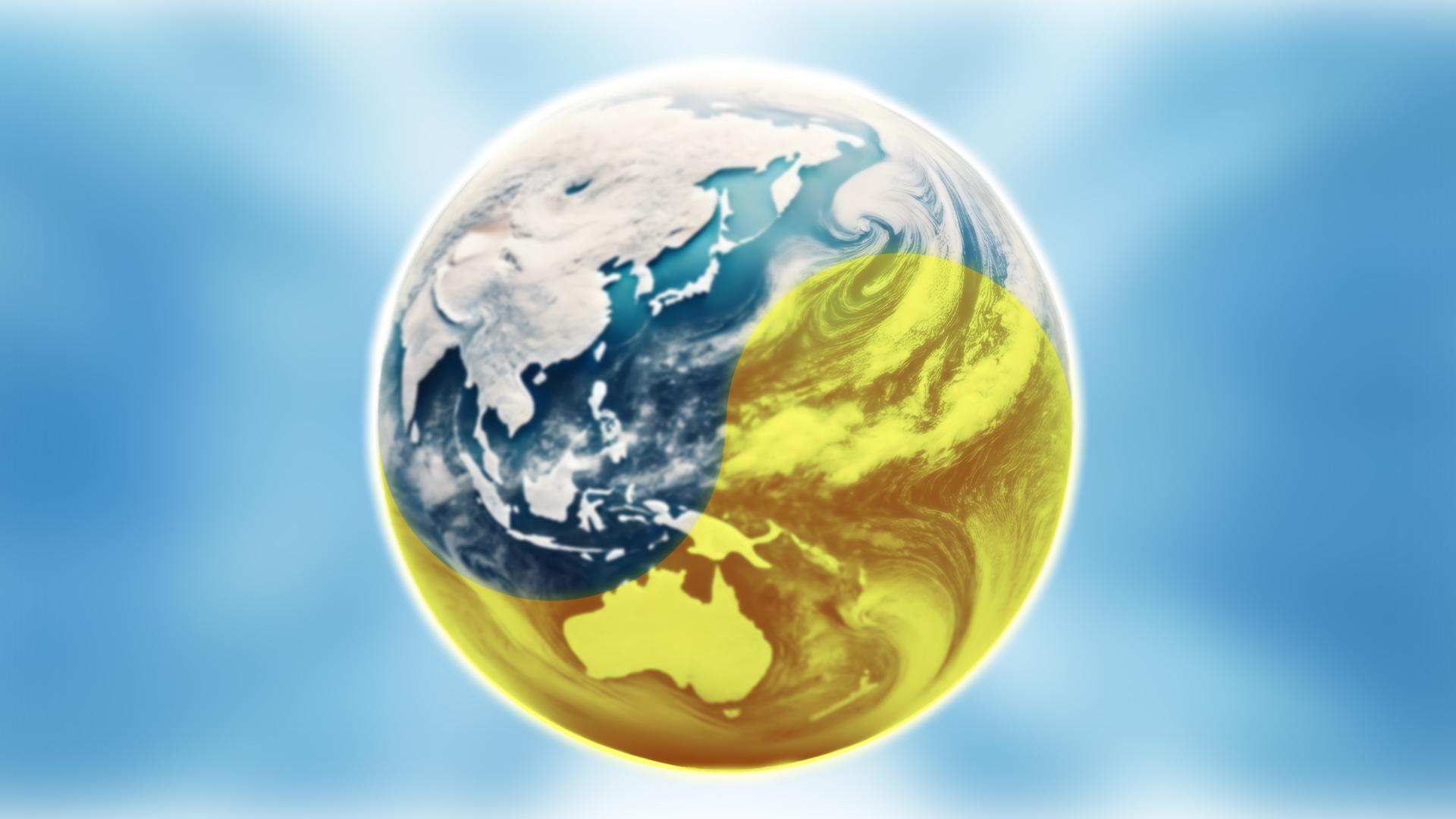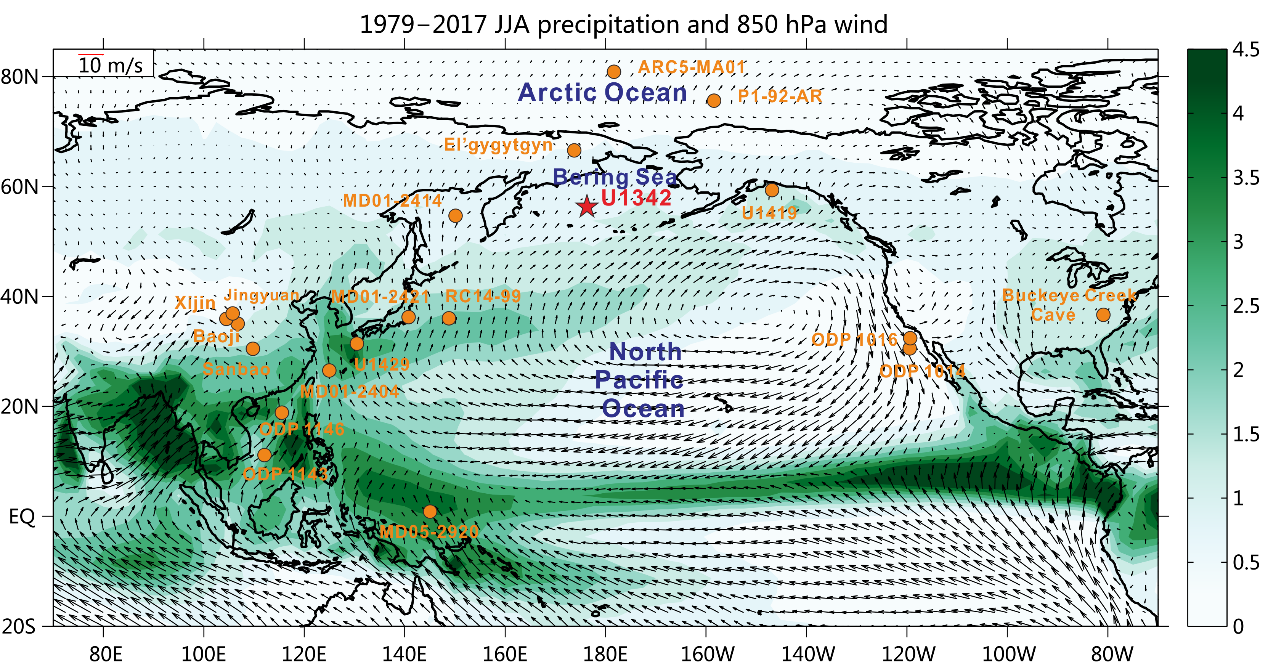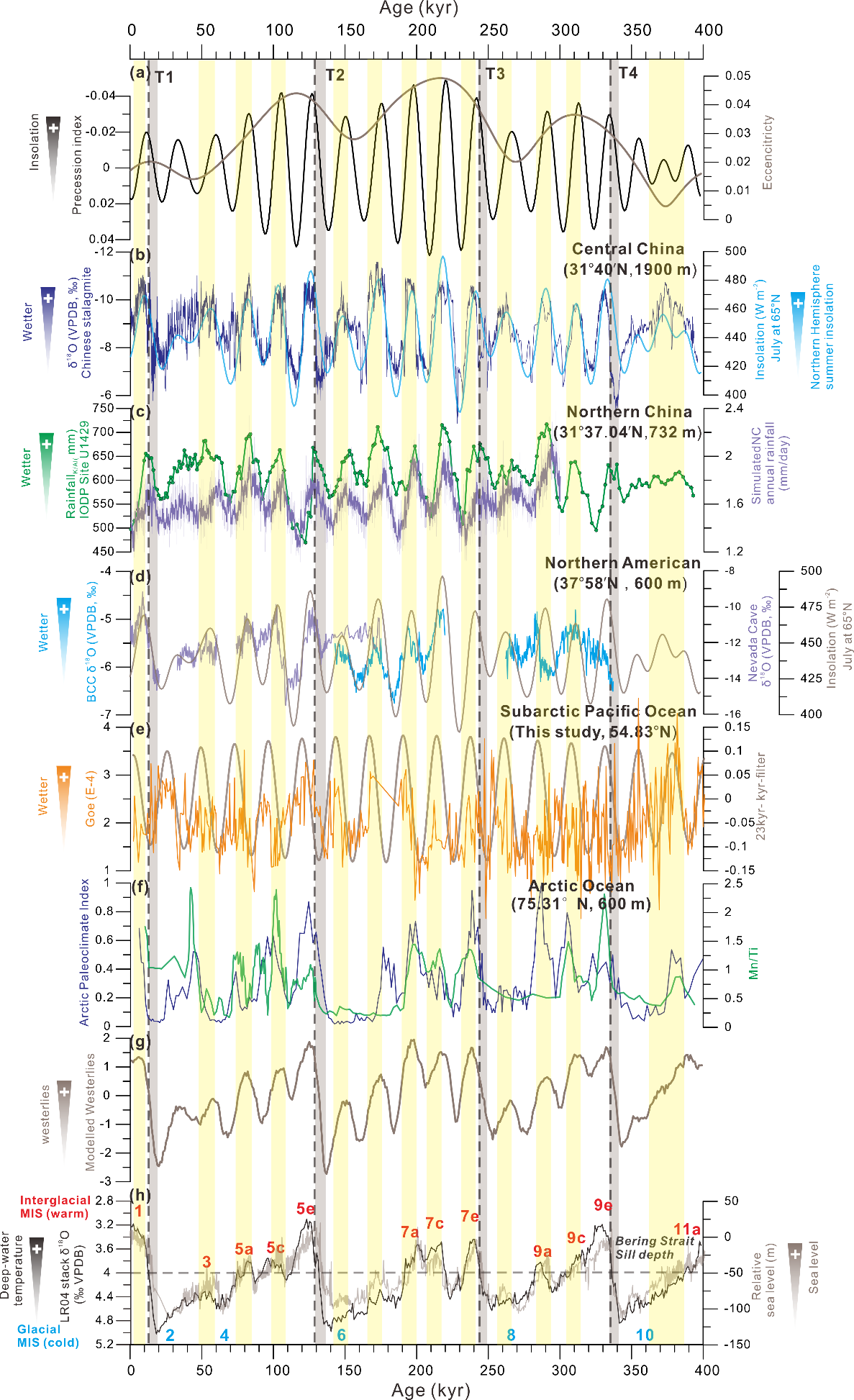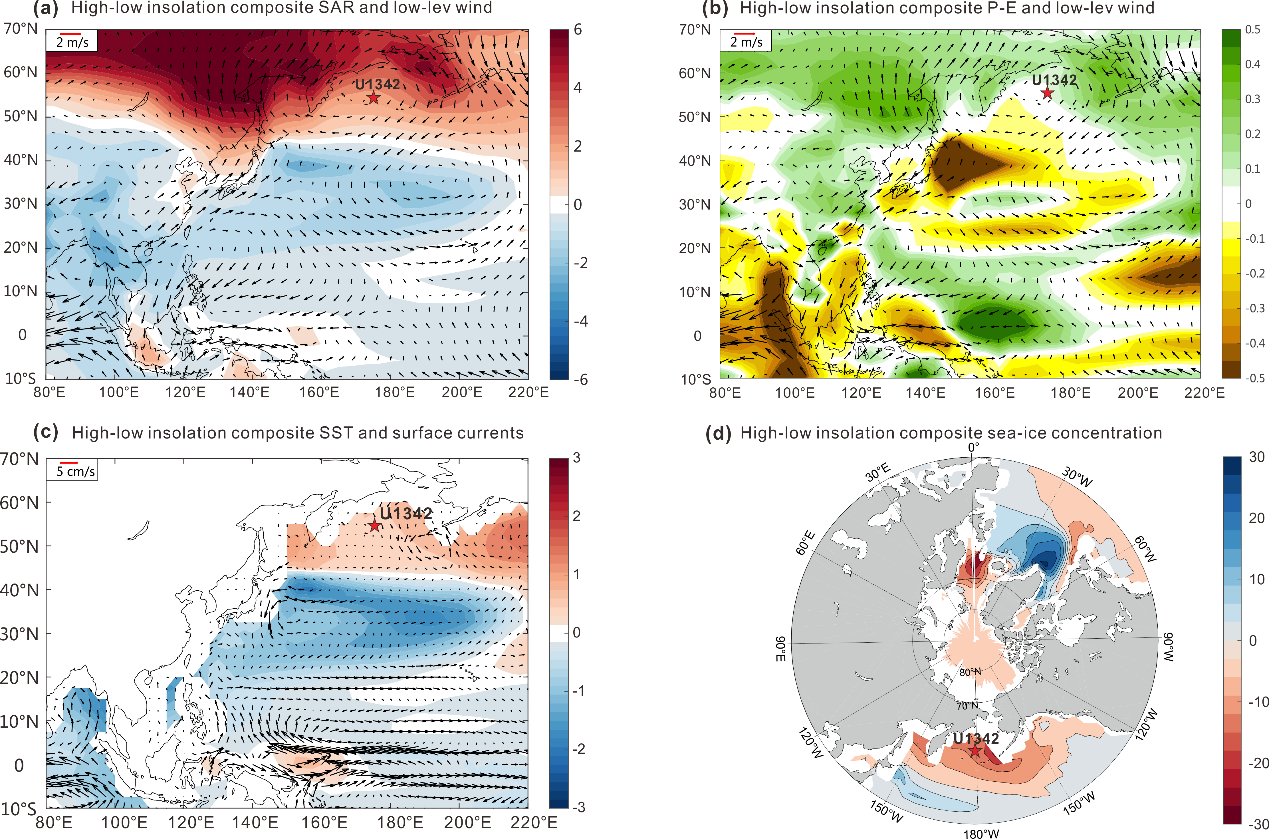Modern observations suggest that carbon dioxide (CO2) emissions from human activities have altered surface albedo, contributing to continued warming in the Arctic. However, existing studies using high-resolution climate models indicate that this ongoing warming is not solely linked to changes in the Earth’s surface reflectivity. It is also closely associated with the transport of water vapor from the Pacific Ocean to the Arctic.
Researchers have shown that the transport of heat and moisture from the low latitudes of the North Pacific to the poles significantly impacts the Arctic climate and sea ice distribution. The influence of ocean heat and moisture transport through the Bering Strait on Arctic warming may be greater than that of CO2 emissions, although long-term geological data to support this claim is lacking.

The research team of Chair Professor Qingsong Liu from the Center for Marine Magnetism in the Department of Ocean Science and Engineering at the Southern University of Science and Technology (SUSTech) have provided an in-depth insight into the interaction between low-latitude and high-latitude water vapor circulation in the North Pacific region and how this process has a profound impact on Arctic climate change.
Their findings, titled “Precession modulates the poleward expansion of atmospheric circulation to the Arctic Ocean”, have been published in Nature Communications.

Figure 1. Spatial distribution of summer precipitation and wind fields in the North Pacific
The Earth’s orbit is not constant but changes periodically, which in turn affects the latitude and seasonal distribution of solar radiation on the Earth’s surface. These climate cycles primarily occur over timeframes of 41,000 years (obliquity), 23,000 years (precession), and 100,000 years and 413,000 years (eccentricity). Among them, the radiation in high-latitude areas is greatly affected by the slope, while the precession is strongest in mid- and low-latitude areas. For example, the monsoon rainfall is controlled by the precession cycle (20,000 years), which has an important impact on the early low-latitude African arid areas in the past and played a key role in early human migration and evolution. However, whether the monsoon rainfall controlled by the precession of the equinoxes will also affect the ice sheet climate system in high-latitude areas needs to be further clarified.
To address this significant scientific question, the team focused on the Bering Sea region, a key area linking the Pacific Ocean and the Arctic. This area facilitates the transport of Pacific water vapor to the Arctic Ocean through the Bering Strait. A breakthrough in this study was the identification of a suitable alternative indicator for water vapor changes. Based on this approach, the researchers aimed to investigate the primary control cycles of water vapor variation in this area and the dynamic processes involved in the transport of Pacific water vapor. Therefore, examining the high-resolution moisture records on an orbital timescale in the Bering Sea region is essential for understanding the dynamics of Pacific water vapor transport.
In recent years, the Centre for Marine Magnetism has conducted substantial foundational work in paleomagnetic chronology and magnetic mineral mechanisms, applying these findings to paleoclimatology and paleoceanography in the subarctic Pacific region. The team has innovatively utilized the goethite content, an indicator of high-latitude humidity sensitivity, to reveal changes in humidity in these regions.

Figure 2. Integrated comparison of high-latitude and low-latitude precipitation records in the North Pacific over the past 400,000 years
Based on this, Research Associate Professor Yi Zhong from the Department of Ocean Science and Engineering and the Advanced Institute for Ocean Research at SUSTech, along with Qingsong Liu and Researcher Lu Zhengyao Lu from Lund University in Sweden, collaborated with many domestic and international institutions, including the Free University of Berlin, the Australian National University, Laoshan Laboratory, the University of Toyama in Japan, and the University of Utrecht in the Netherlands, to conduct a comprehensive study.
Using the sediment samples of the U1342 station obtained in the Bowers Ridge area of the Bering Sea during the 2013 International Ocean Drilling Expedition 323, the team reconstructed a humidity record of the Bering Sea region over the past 400,000 years. This was achieved through multi-proxy methods such as clay minerals and rock magnetism (Figure 2). Through the 300,000-year continuous simulation of the global climate model, they proposed a dynamic analysis of heat and moisture transport from the North Pacific subtropical gyre to the poles, as well as a dynamic model for North Pacific high-low latitude water vapor circulation driven by precession.
This work has made important innovations in emphasizing the high-to-low latitude water vapor transfer process driven by precession under the regulation of long eccentricity. Model analysis depicts the thermodynamic and kinetic processes of heat and water vapor transfer from the low-latitude Pacific to the polar regions, further emphasizing water vapor transfer as a prerequisite for ice sheet growth and highlighting the important role of low-latitude drive in the late Pleistocene ice expansion pattern (Figure 3).

Figure 3. Dynamical model of heat transfer in the North Pacific under high-low precession regime
The study found that the poleward heat transfer in the North Pacific will have an important influence on the retreat of Arctic sea ice under the background of future climate warming. At the same time, the intensification of the “Arctic amplification” effect may have a wide-ranging impact on global climate patterns and the destruction of ecosystems. This not only provides a new perspective for revealing Arctic climate change but also provides important inspiration for the interaction between the ocean and climate systems under the background of global climate warming.
Yi Zhong is the first author, with Qingsong Liu and Zhengyao Lu serving as the co-corresponding authors of this paper. SUSTech is the first affiliated institution.
Paper link: https://doi.org/10.1038/s41467-025-56542-1
To read all stories about SUSTech science, subscribe to the monthly SUSTech Newsletter.
Proofread ByAdrian Cremin, Yingying XIA
Photo ByCenter for Marine Magnetism